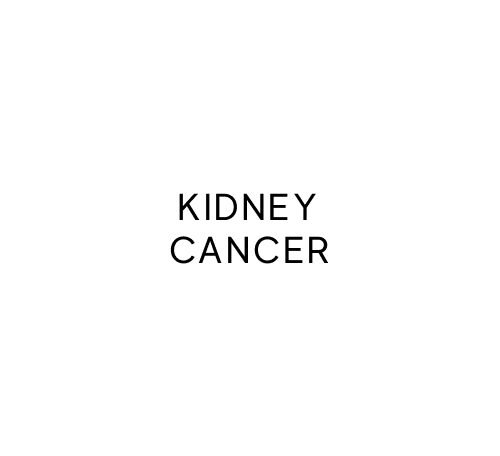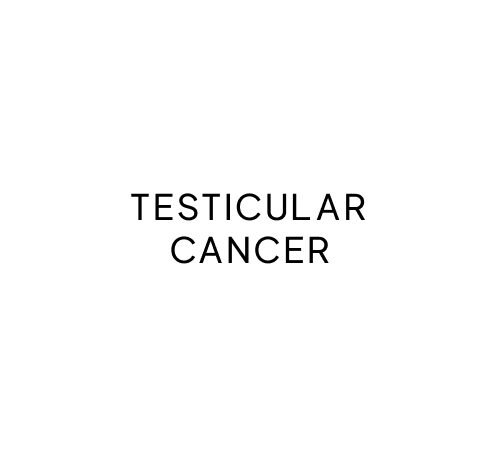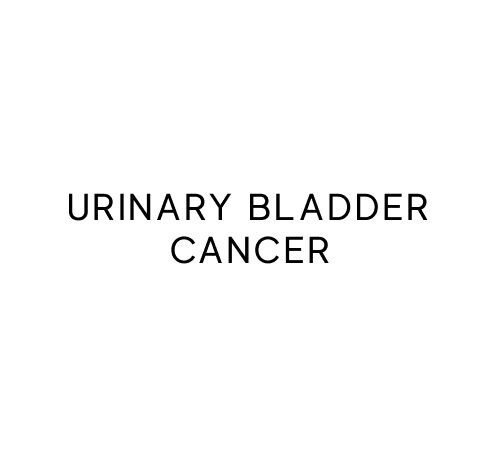Uro-Oncological Surgeon
Specialist in Robotic Surgery
Dr. Anup Ramani
Uro-Oncological Surgeon
Specialist in Robotic Surgery
Dr. Anup Ramani
Uro-Oncological Surgeon
Specialist in Robotic Surgery
Dr. Anup Ramani
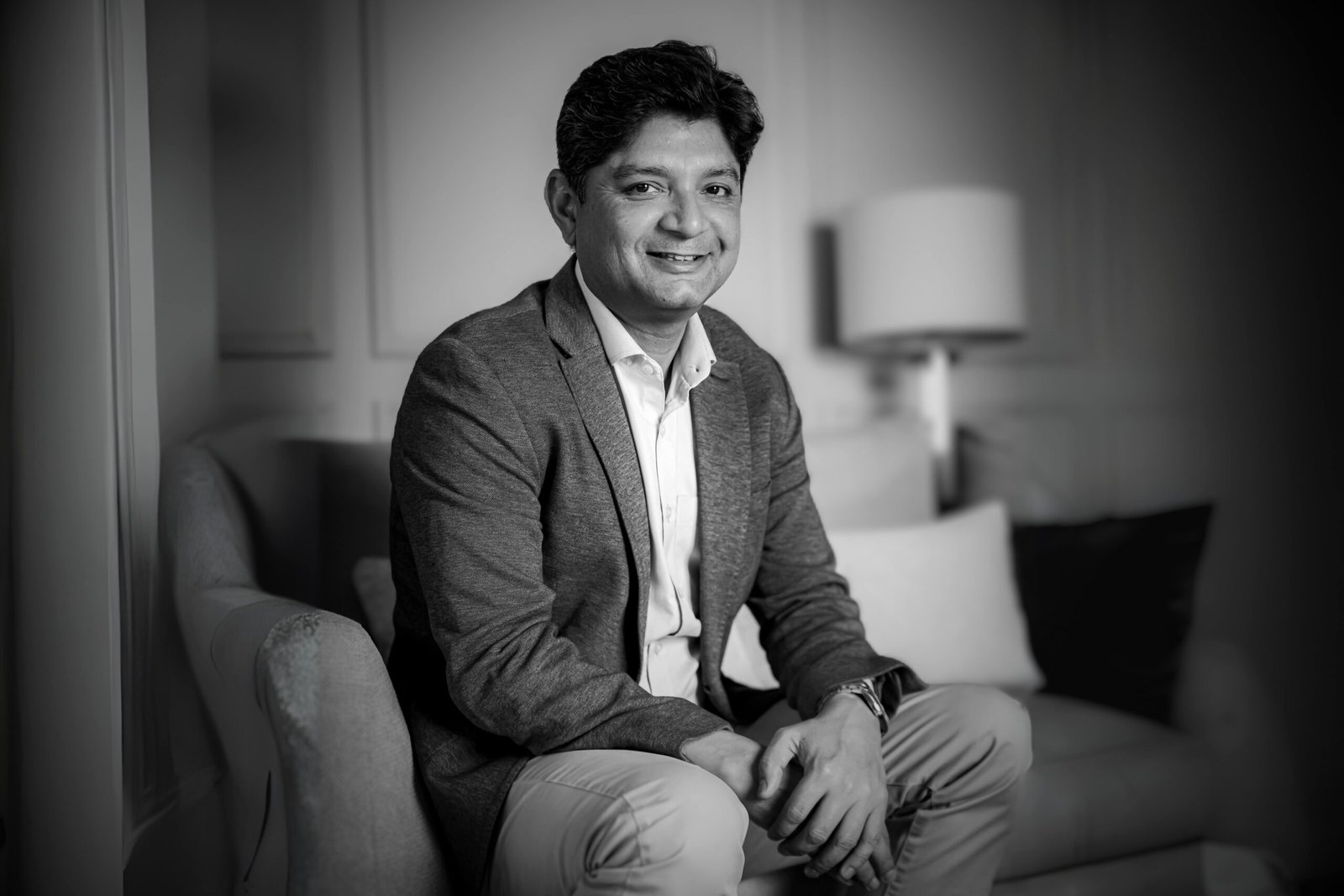
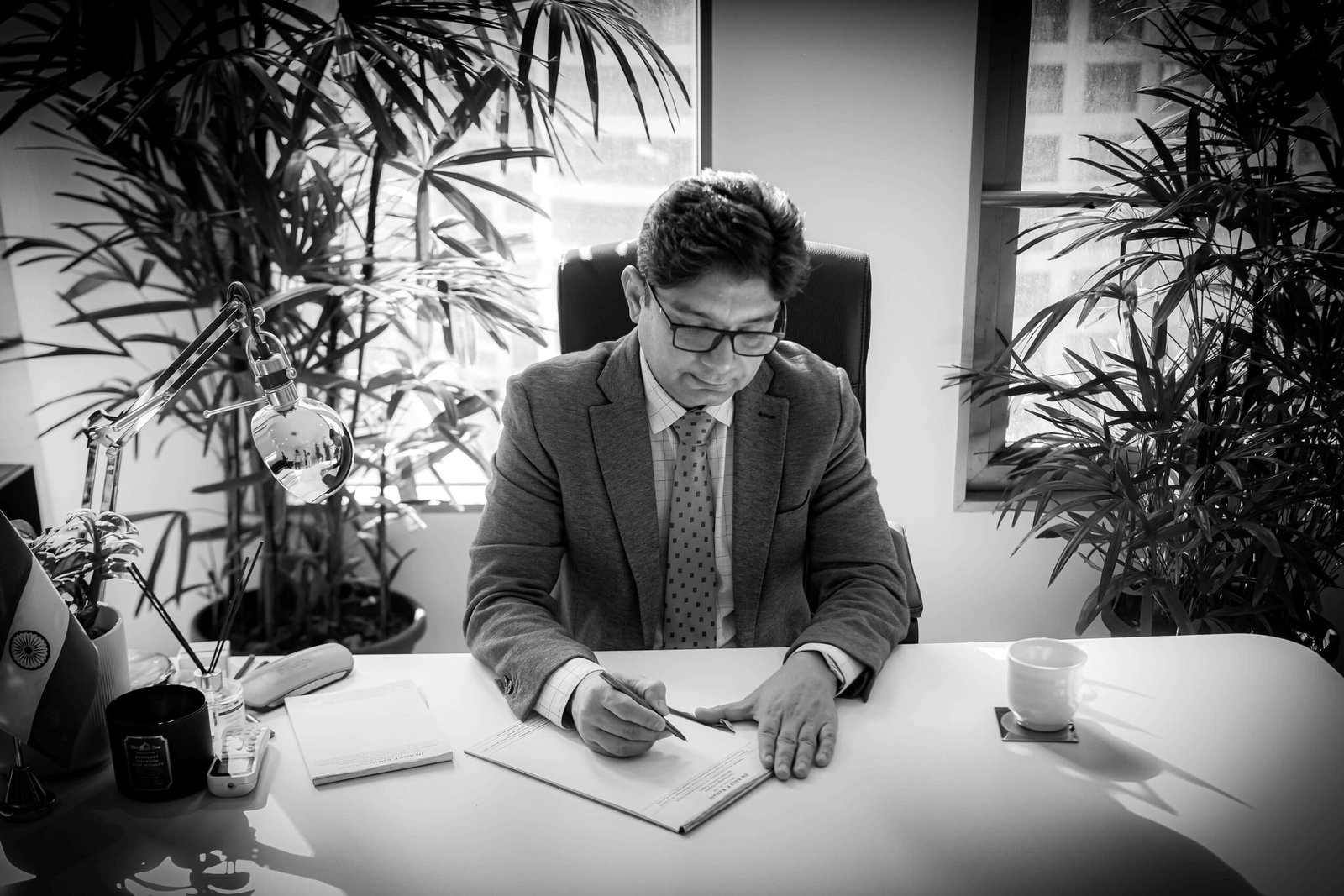
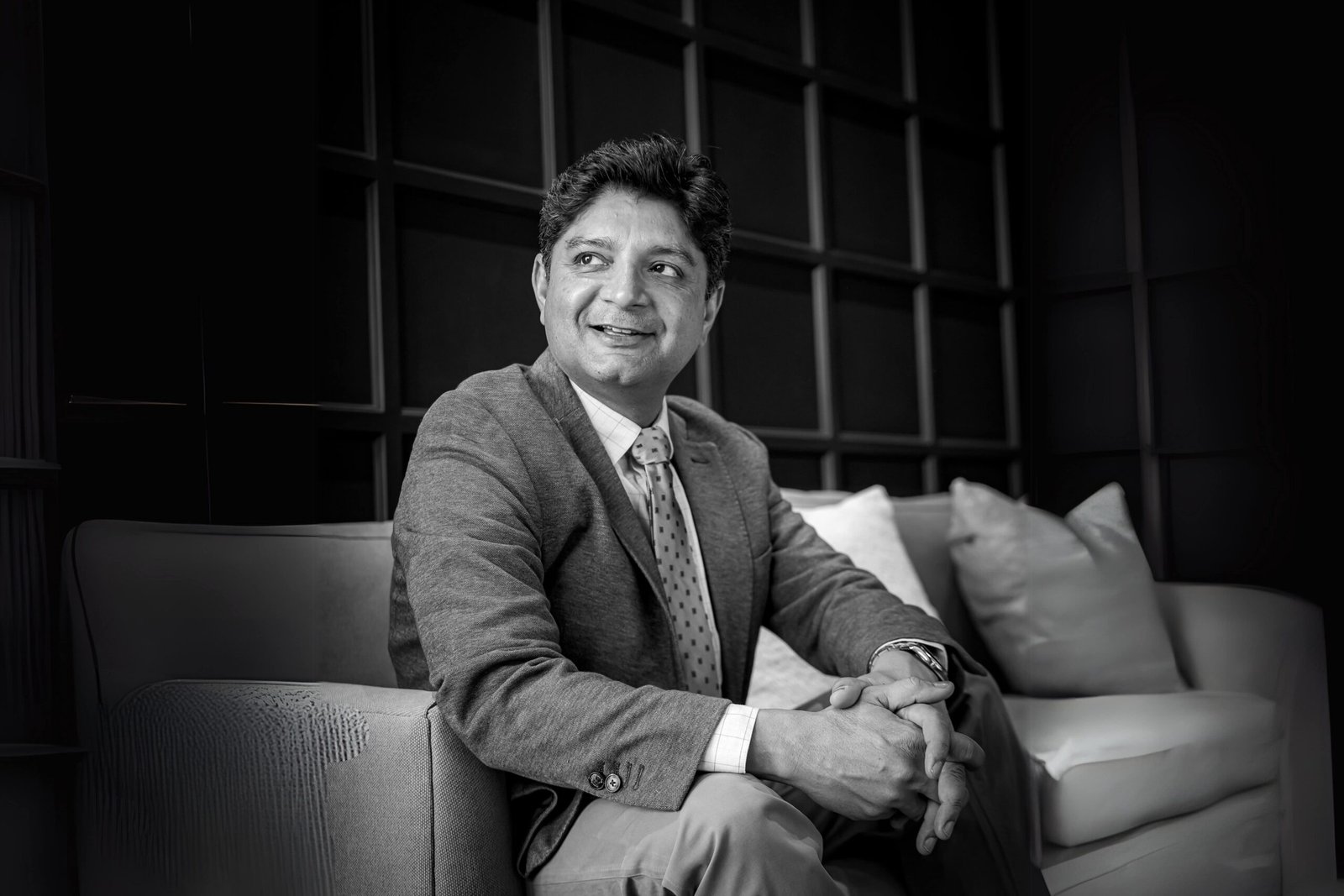
- Internationally Recognised Expert in Robotic Surgery of Prostate Cancer and other urological malignancies.
- Pioneer in robotic surgery for prostate, kidney, adrenal gland, urinary bladder cancer as well as surgery for penis and testicular cancer.
- Global Experience of more than two decades.
- A Surgeon with the highest publications in his field.
- Dr. Ramani remains at the forefront of the field, constantly pushing the boundaries of minimally invasive surgery.
Hospital Affiliations

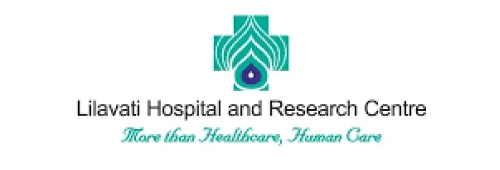



Know detailed surgical experience

Know detailed surgical experience

Know detailed surgical experience

Know detailed surgical experience
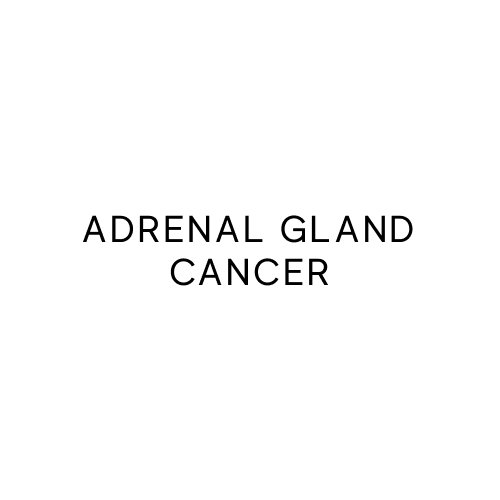
Know detailed surgical experience
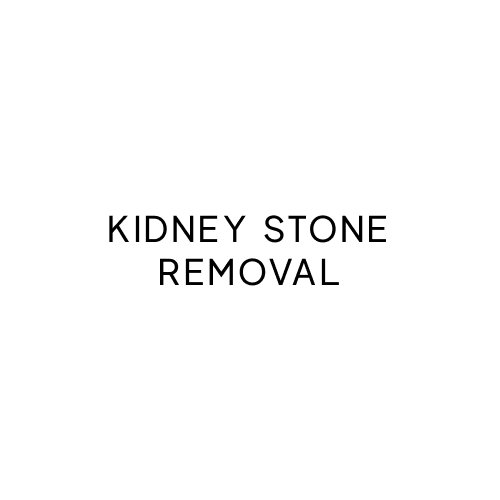
Know detailed surgical experience
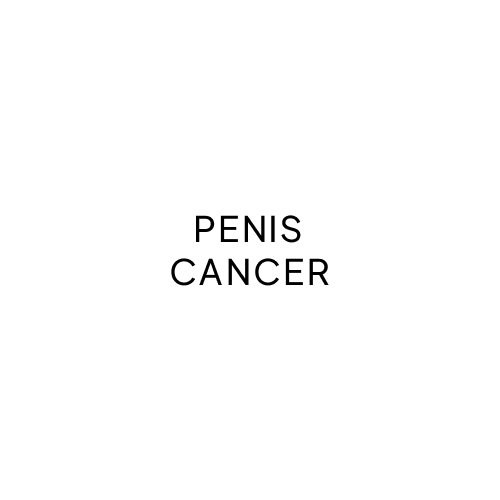
Know detailed surgical experience
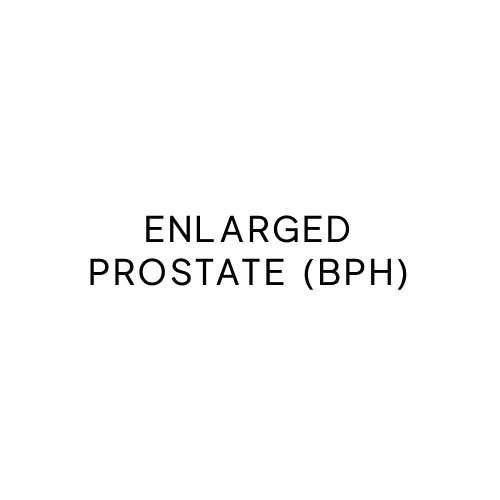
Know detailed surgical experience
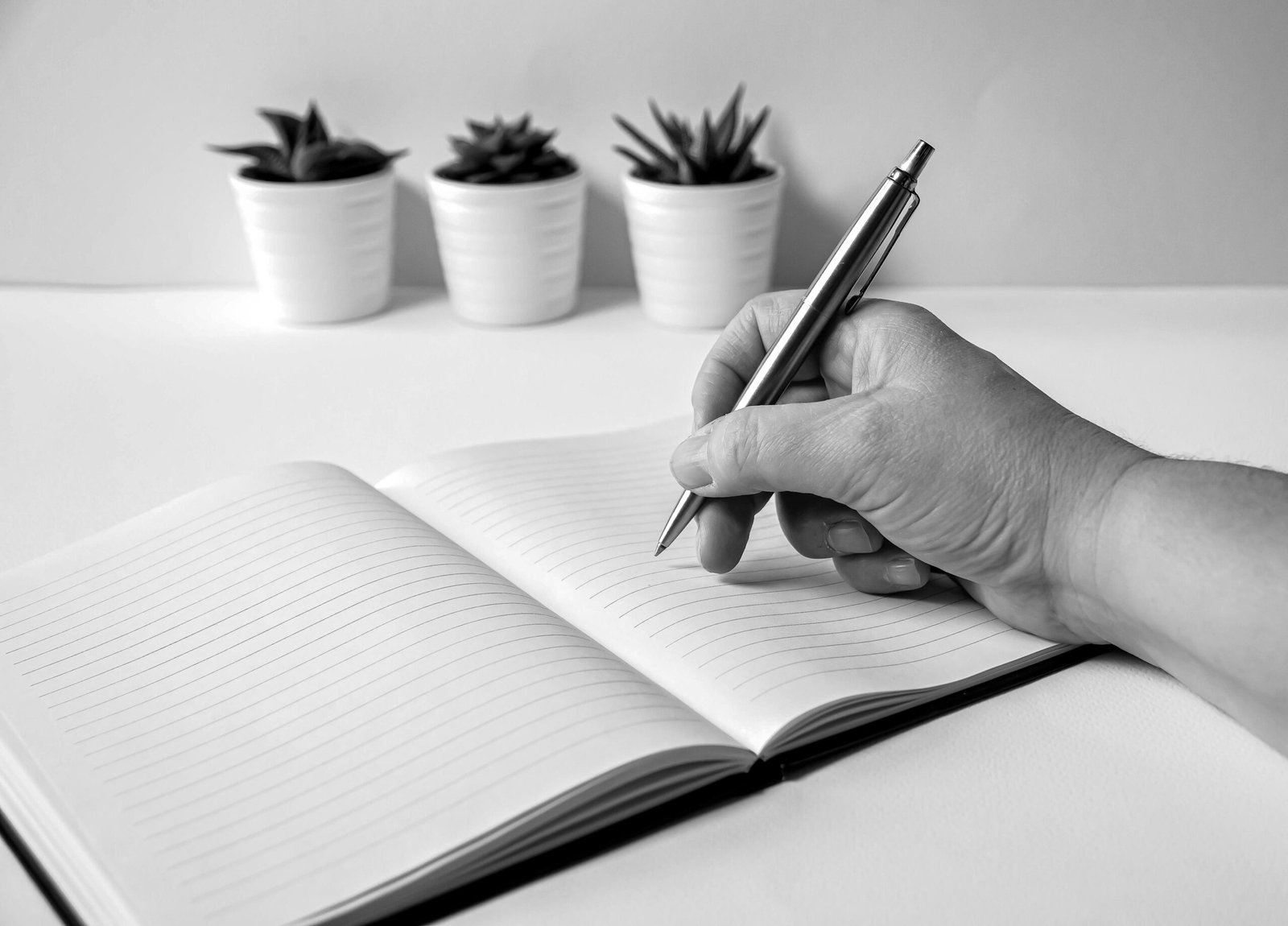
Planning
Start by meeting Dr. Anup for a thorough diagnosis and discussion of treatment options. We prioritise open communication and ensure you understand every step. Typically, a new consultation lasts for over an hour.
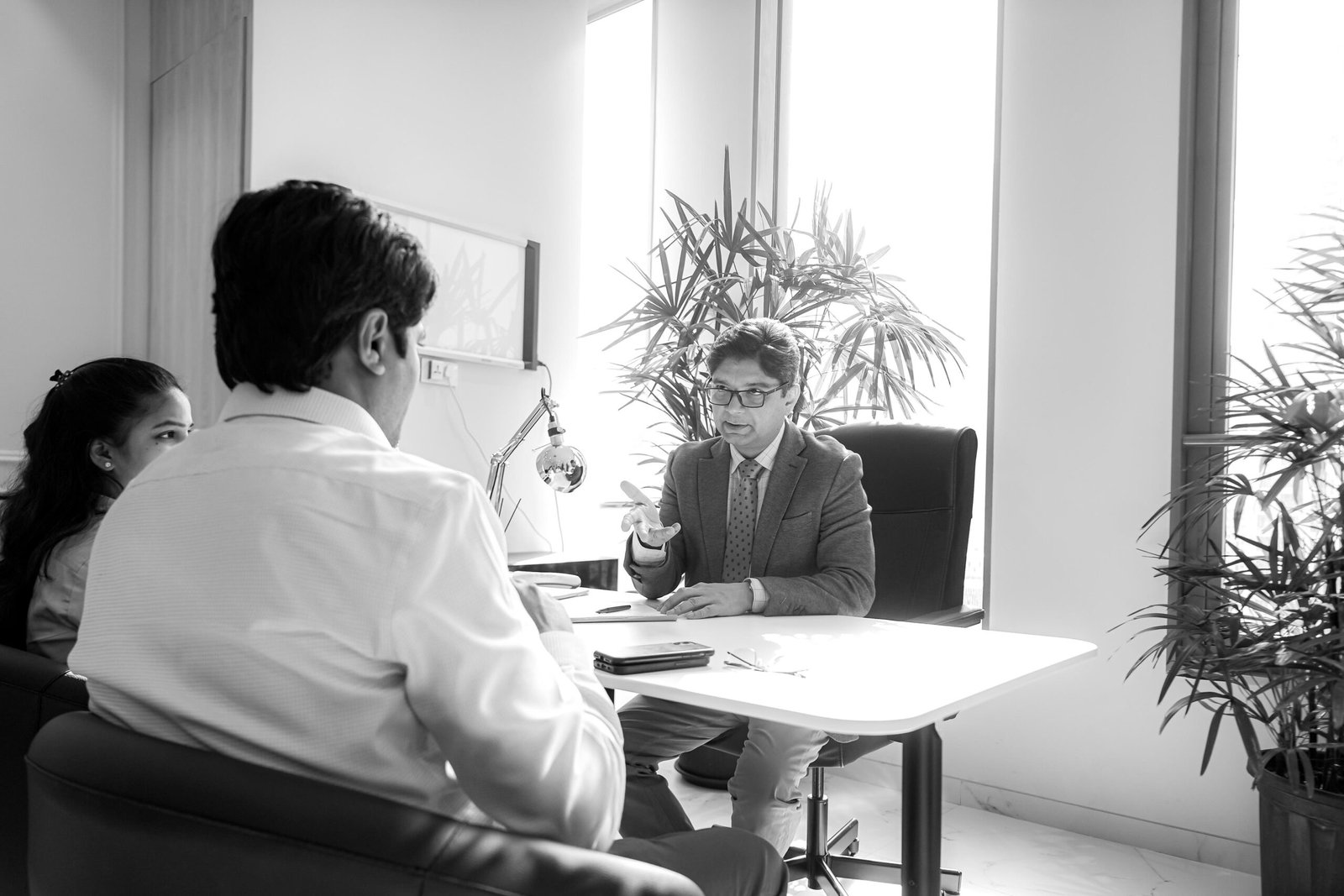
Consultation
Our in-house counsellor provides a detailed cost report tailored to your preferences, with everything clearly documented in writing.

Seamless Admission
On admission day, Dr. Anup’s team manages your admission process for a smooth and stress-free experience. 24/7 Support: Feel empowered with a dedicated contact number and a private WhatsApp group for instant access to our medical team, anytime, anywhere.
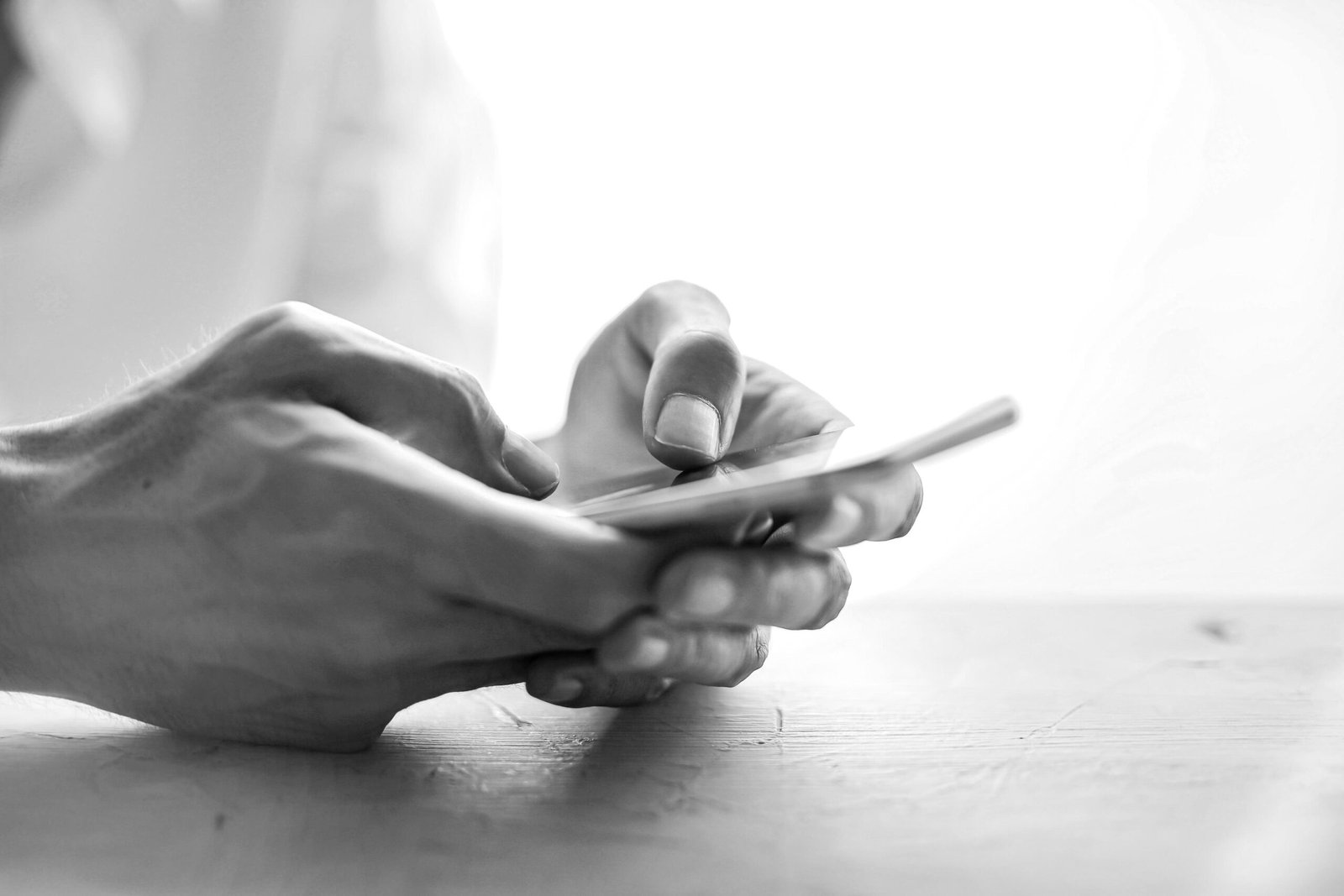
24/7 Support
Feel empowered with a dedicated contact number and a private WhatsApp group for instant access to our medical team, anytime, anywhere.
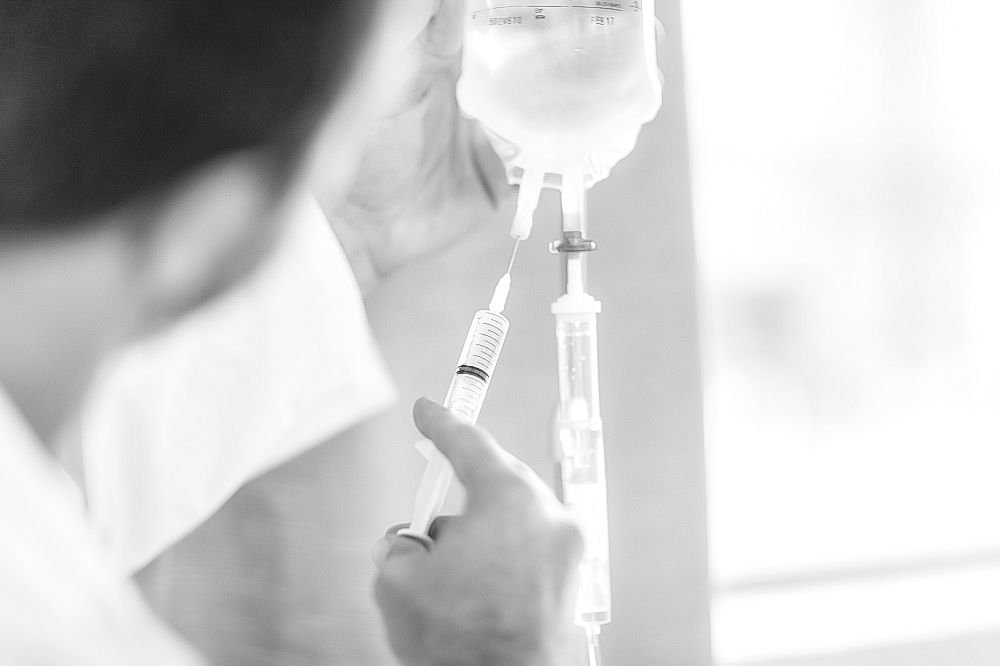
Personalised Recovery
After a successful surgery, Dr. Anup provides clear recovery instructions and personalised "do's and don'ts" for optimal healing. Our team doctor conducts follow-up checks at home as needed post-surgery, handling procedures like stitch removal, dressing, and catheter removal for comprehensive care.
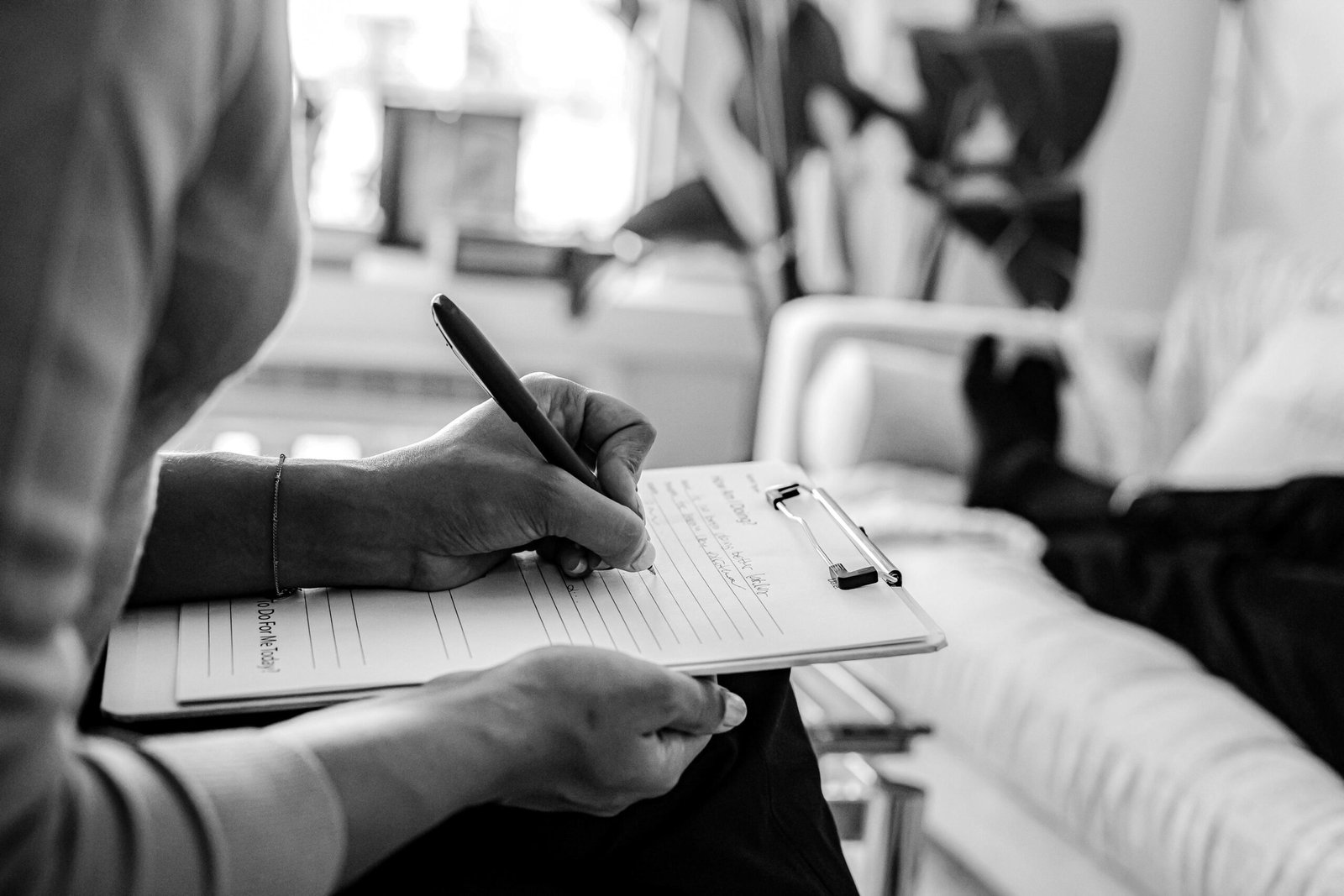
Comfort
For specific home medications, we offer the option of professional administration in the comfort of your own home.

Dr Ramani is excellent not only as a doctor but also a genuine and compassionate human being. He gives the kind of confidence with his immense experience over the years which is a life saver in a true sense. I say it from my personal experience that he is as good as it gets.its because of him it’s normal life and work.
Tanmoy Ganguli

Dr. Ramani performed my grandfather’s robotic prostatectomy a month and a half ago. I can't say enough about him as an accomplished surgeon in his field, but also his amazing people skills. He's been doing prostatectomy for decades, and started with robotic assist surgery when it first came available about 15 years ago. So, I couldn't find anyone with more experience for my grandfather. I will recommend him to anyone with prostate problems.
Parag Saraf
ENVATO

Dr. Anup is extremely patient and understanding and makes sure that he gives time to each patient. I had taken my uncle for a consultation and eventually for a robotic surgery; he ensured that my uncle felt comfortable and did not rush things. It was a pleasant experience in a difficult situation.
Sharanya Rao
SHOPIFY

Dr. Ramani was very professional in his approach. He spent a lot of time to discuss the problem and compassionately handled a very complicated case. He is always accessible and ready to go the extra mile to put the patient at ease. Highly recommended!
Manish Maheswari
SHOPIFY

Dr. Anup Ramani; to me, this name signifies confidence and authority. He is a recognized expert in his field and he was a BIG help to me and my family recently when he performed my complicated TURP surgery. The entire journey from detection to maintenance to cure was stress-free thanks to the amazing patient-handling skills Dr. Anup possesses.
Abhijit Sardesai
SHOPIFY

Anup Ramani, is a fabulous doctor. The best part I like about him is, he gives very good attention and time to his patients in clearing their apprehension about their problems.He is very confident in his work.
Asha Turakhia
SHOPIFY
By DrAnupRamani
Why Robotic Surgery over Laparoscopic or Open Surge ...
By DrAnupRamani
Startups that are disrupting the norms in 2020.
By DrAnupRamani
Read from the success story of envato marketplaces.

Associated Hospitals






